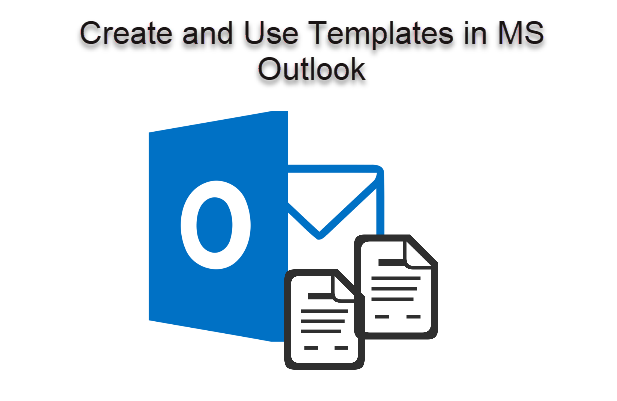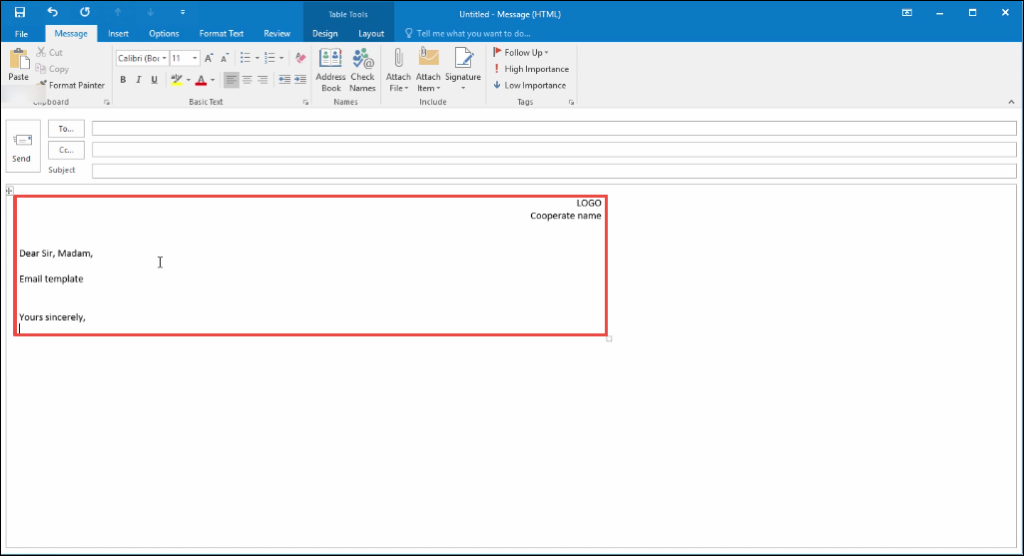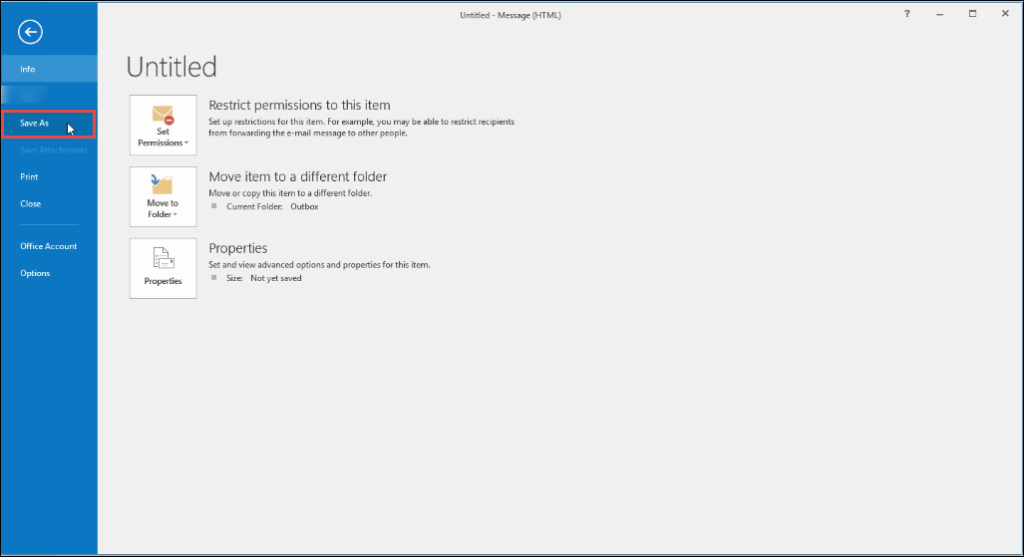Create and Use Email Templates in Outlook 2016, 2013, 2010, and 2007


The post will guide you on how to create and use email templates in Outlook 2016, 2013, 2010, and 2007. You can take help of this page and use ‘email template’ feature provided in Microsoft Outlook email client.
The purpose of using email templates is to send the message, which involves information that is frequently changed from one message to another. If a user thinks that he or she is sending one email content again and again to different users then in such case, he or she can create email templates in Microsoft Outlook. This will save time in re-writing or copying/pasting one content of email numerous time. So, just compose and save the email content (or a message) in the form of a template and use it whenever needed. It will be possible to add new information to the template is being sent in the form of an email.
How to Create Email Templates in Outlook 2016, 2013, 2010, etc.
The following guidelines will help in learning steps to create and use templates in Outlook email client:
- Open Microsoft Outlook on your machine and click on New Email, which is located in the Home menu.
Tip – You can also perform the above step by opening MS Outlook app and then press Ctrl+Shift+M keys from the keyboard.
- In the body part of the message, enter the email content whose template is to be created.
- Click on File >> Save As option in the same message screen
- A Save As dialog box opens in which a drop-down icon is present in ‘Save as type’ row. This will open a list of different options in which you have to click on ‘Outlook Template’ option
- Give any of your desired names to save the template in File Name text box and then, click on Save button
Note: By default, the location of templates is C:\users\username\appdata\roaming\microsoft\templates on local machine. If needed then, you can change this location in Step 5 before clicking on Save button
How to Use Templates in Outlook 2016, 2013, 2010, etc.?
After successfully creating a new email message template in Microsoft Outlook, implement the following guidelines. These guidelines will help in using the template, created in MS Outlook.
- Open Microsoft Outlook on your PC and click on Templates folder >> New >> New Items >> More Items >> Choose Form
- This will open a Choose Form dialog box where you have to click on the drop-down icon of Look In. From the list of several options, click on User Templates in File System option.
- This lists down all the templates from the default folder. If the desired template is located at some different PC location then, click on Browse and then locate the path where the template is saved.
- Click on the desired template for its selection and then, click on Open
- Make the additions or do revisions in the recipients’ section i.e., To, Bcc, and Cc. It is possible to modify the text appearing in the Subject box and then, add some new content in the email information.
Note: The changes made in the email information will not be reflected in the saved template. These modifications will be applicable only for that particular mail.
- At last, click on the Send button to send the mail to whomsoever it belongs.
Observational Verdict
The Microsoft team tries its best to make the enterprise’s life easier. The aim of delivering ‘email templates’ in MS Outlook shows the fact that it eliminates the repetitive typing of one email content. Moreover, a foolproof way to create and use templates in Outlook email client is described in the content. Users can rely on this solution and make the emailing task easier.








